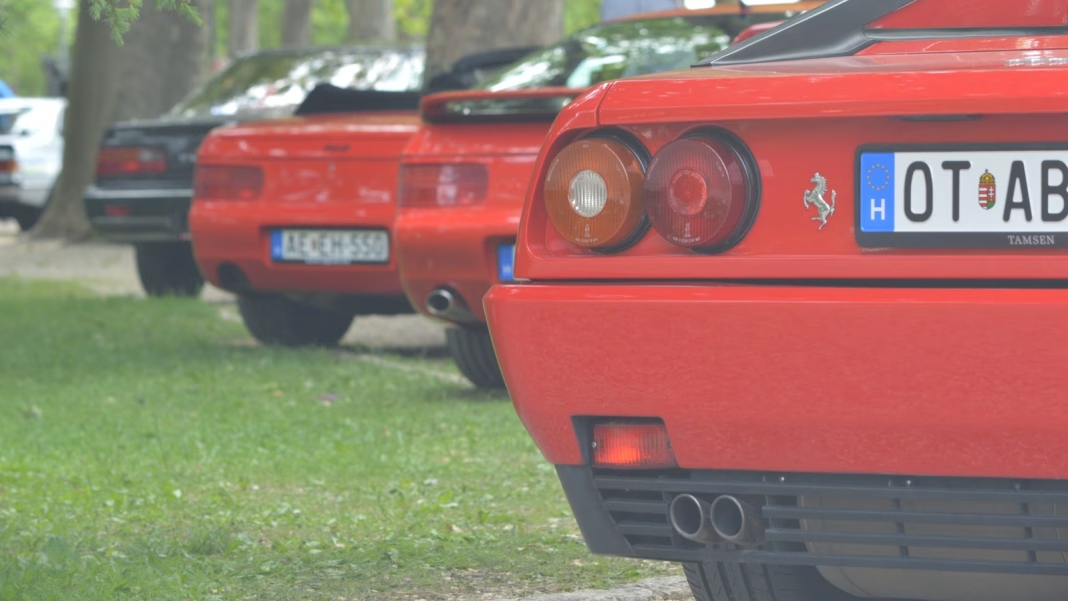Why Are 1990s Cars Suddenly So Valuable?
If you’ve glanced at a car auction or scrolled through online classifieds lately, you might have noticed something surprising: cars from the 1990s—yes, even the humble Honda, Toyota, and Chevy models—are fetching prices that would have seemed outrageous just a few years ago. It’s not just the Ferraris and Porsches of the era that are turning heads. So, what’s behind this surge in value for cars that were once considered everyday commuters?
What’s Driving the Demand for 1990s Cars?
A big part of the story is nostalgia. Millennials, who grew up in the ‘90s and early 2000s, are now at an age where they have disposable income and a yearning for the cars that defined their youth. According to a 2023 Hagerty Market Trends report, vehicles from the 1990s have seen a 40% increase in value over the past five years—outpacing many classic cars from earlier decades.
But it’s not just about reliving childhood memories. These cars strike a sweet spot: they’re modern enough to be reliable and safe, but analog enough to offer a raw, engaging driving experience. No overwhelming screens or complicated electronics—just a steering wheel, a stick shift, and the road ahead. For many, that’s the perfect recipe.
Which 1990s Models Are Seeing the Biggest Price Jumps?
While the usual suspects—like the Acura NSX, Toyota Supra, and Mazda RX-7—have been climbing for years, there’s a new wave of appreciation for more accessible models. Take the Honda Civic Si, Toyota 4Runner, or even the Chevy Camaro Z28. According to Bring a Trailer’s 2024 sales data, a clean, low-mileage ‘90s Civic Si can now command over $25,000, while a well-kept Toyota 4Runner SR5 regularly breaks the $30,000 mark.
What’s especially interesting is the rise of “survivor” cars—those that haven’t been heavily modified or abused. Original paint, factory wheels, and unmolested interiors are now prized features. It’s not uncommon to see a base-model Accord or Camry, if in pristine condition, sell for more than a newer, better-equipped version.
Why Are Non-Sports Cars Gaining Attention?
It’s easy to understand why a rare Ferrari or a turbocharged Supra would be valuable. But why are people suddenly paying top dollar for a Toyota Corolla or a Chevy S-10? The answer lies in rarity and authenticity. Most ‘90s sedans and trucks were daily drivers, racking up miles and often ending up in the scrapyard. Finding one in original, well-preserved condition is like spotting a unicorn.
There’s also a growing appreciation for the design and engineering of the era. Cars from the ‘90s were built before cost-cutting and platform-sharing became the norm. Each model had its own quirks, character, and driving feel. For enthusiasts, that’s a breath of fresh air compared to today’s more homogenized offerings.
How Can You Tell If a 1990s Car Is a Good Investment?
Not every ‘90s car is destined for collector status, but there are a few signs that a model might be on the rise. Look for vehicles with strong enthusiast followings, limited production numbers, or a reputation for reliability and fun. Documentation, originality, and low mileage are all key factors. A 1997 Toyota Land Cruiser with a full service history and under 100,000 miles? That’s gold.
Industry experts recommend watching auction trends and joining enthusiast forums to spot which models are heating up. And remember: condition is king. A well-maintained example will almost always outperform a project car in terms of value growth.
What’s the Real-World Experience of Owning a 1990s Classic?
Ask any owner of a ‘90s car why they love it, and you’ll hear stories about road trips, first cars, or the simple joy of driving something that stands out from the crowd. Maintenance is often easier than with newer vehicles, and parts are still relatively available—though prices are creeping up as demand grows.
There’s also a sense of community among owners. Cars and Coffee events, online groups, and local meetups are full of people eager to swap stories and share advice. It’s not just about investment; it’s about connection.
Is Now the Right Time to Buy or Sell?
Market analysts from Classic.com and Hagerty agree: the window for affordable ‘90s classics is closing fast. As more buyers enter the market, prices are likely to keep climbing—especially for well-preserved examples. If you’ve been eyeing a particular model, now might be the time to act before values move even higher.
On the flip side, if you’ve been holding onto a clean ‘90s car, you could be sitting on a small goldmine. Just be sure to document its history and keep it as original as possible to maximize its appeal.
What’s the Big Takeaway for Car Enthusiasts?
The big takeaway? Chasing a ‘90s classic isn’t about perfection—it’s about smarter adjustments. Whether you’re buying for nostalgia, investment, or the pure joy of driving, start with one change this week: research a model you love, join an owner’s forum, or just take your old ride out for a spin. Chances are, you’ll spot the difference by month’s end—and maybe even fall in love with driving all over again.


